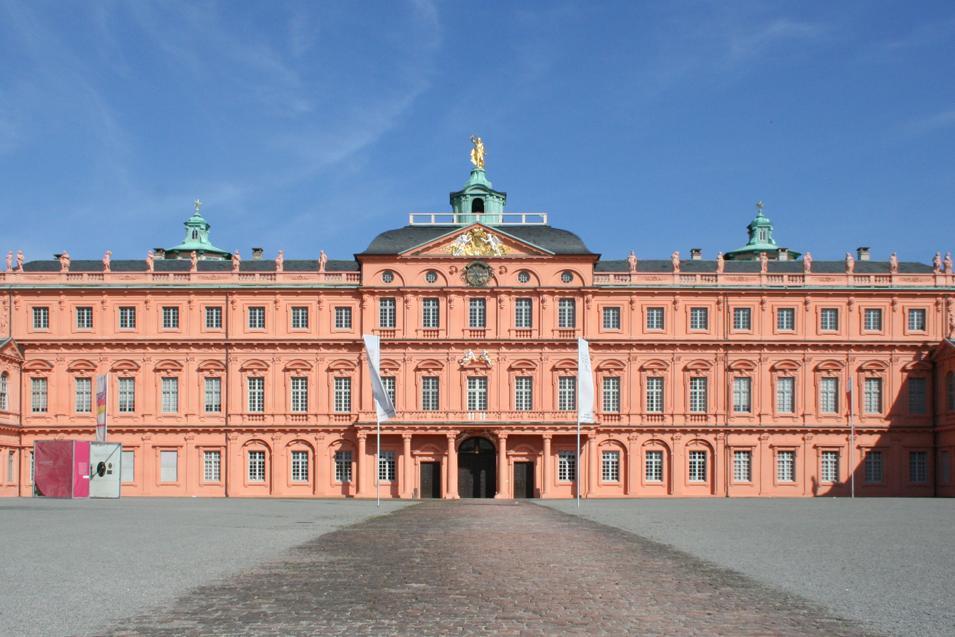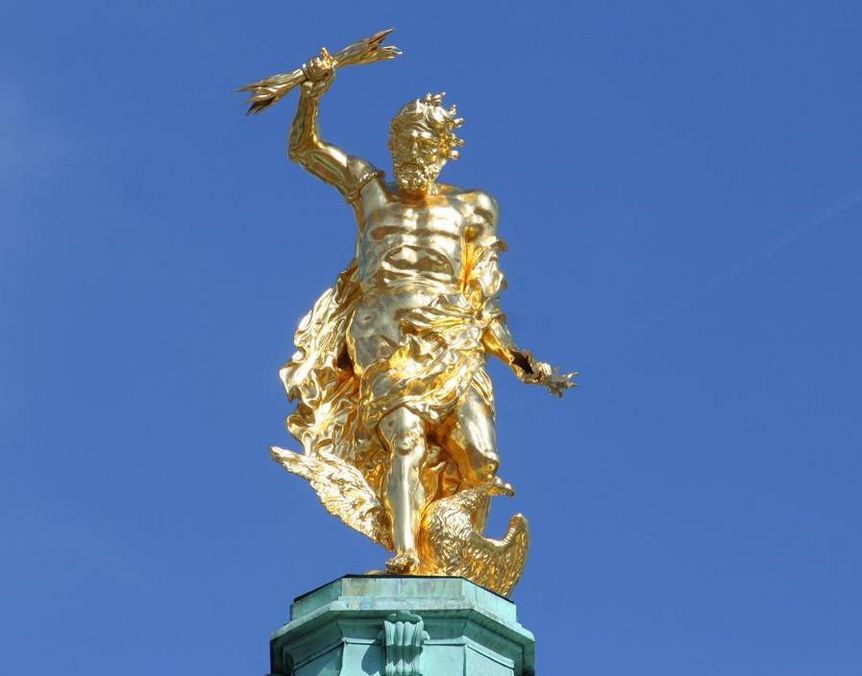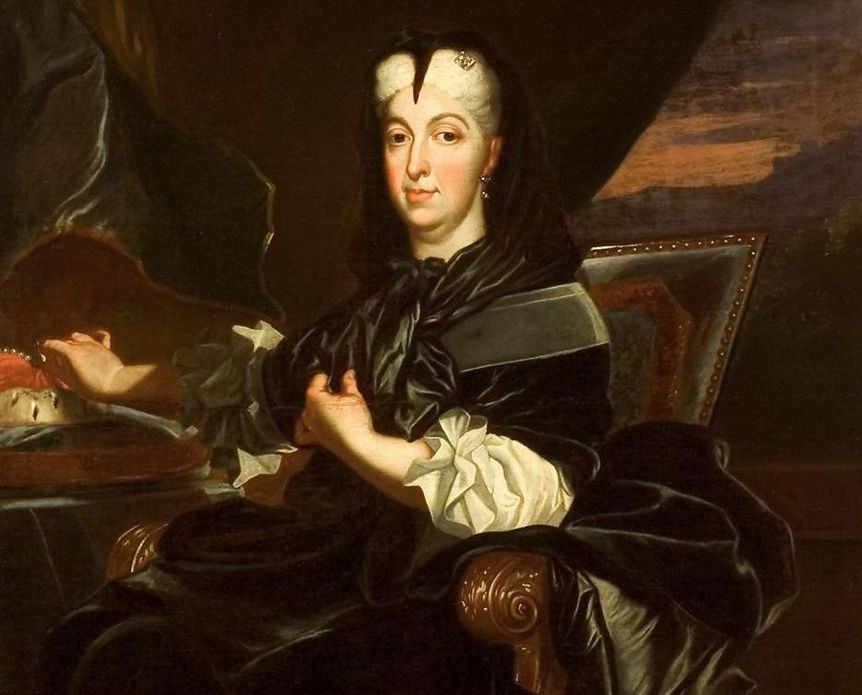RESIDENCE OF THE MARGRAVES OF BADEN-BADENThe Palace and garden
Rastatt Palace, the palace of the "Türkenlouis," is the earliest Baroque residence along the Upper Rhine. In the construction of the three-winged palace and the design of the garden as well as the residential town itself, Margrave Ludwig Wilhelm and Margravine Sibylla Augusta used the palaces in Versailles and Vienna as their inspiration.







